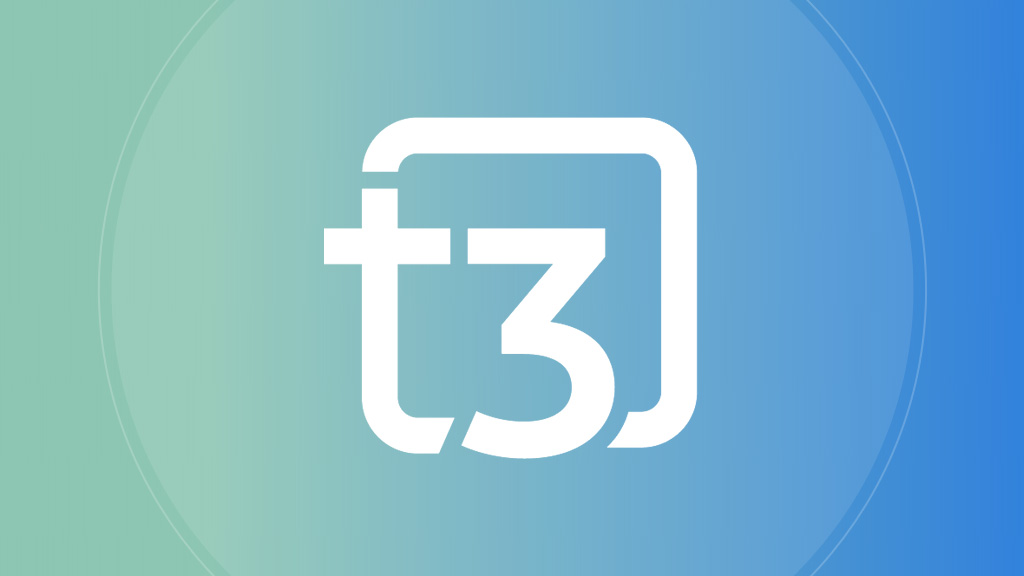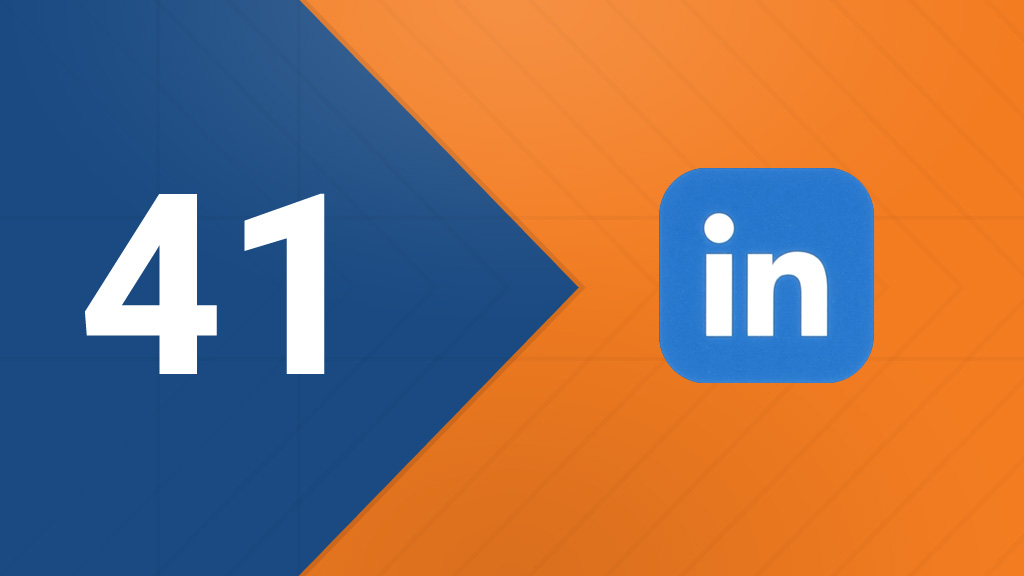What Is the Best Financial Planning Software?

The answer to the question in the title is: The one you’ll use.
Yes, I’m being flippant — partly.
We all know the pressures on financial advisors’ time and that their capacity often depends on whether they have middle and back-office staff support and the proper technology available.
Kitces Research analyzed the productivity of financial advisors and found that about 66% of financial advisors’ weekly hours were spent on client work. Of that time, about 12% of the hours were spent on financial planning and analysis.
Based on this, Kitces concluded that financial advisors who used data aggregation tools to get a fuller and richer picture of clients’ financial situations spent more time on financial planning than advisors who didn’t.
More time? Is that good? It may be. Kitces said advisors who invested more time in detailed financial planning provided more significant value to clients and enjoyed the ability to charge higher planning fees and attract more affluent clients.
Step one: Choosing financial planning software
So, it can benefit you to select software that allows you to go deeper with clients and demonstrate greater value to them —not just in the financial planning process but throughout your (hopefully long) relationship.
In my experience working with financial advisors and enterprise firms, eMoney Advisor and MoneyGuide Pro are far and away the leaders in financial planning software today. Others with a significant market share include NaviPlan, Moneytree, Orion, and Right Capital.
At the lower end of the market and among young potential clients, financial advisors may find themselves competing with digital, mobile-enabled financial planning software that is free or low-priced. Those include solutions such as Quicken, Mint, Empower (formerly Personal Capital), SigFig, and WealthTrace (which also has financial planning software for advisors).
Fidelity, Vanguard, Schwab and other large investment companies also provide a range of tools and calculators to help participants in employer-sponsored retirement savings plans.
Surveys suggest that recent events — the pandemic, the market’s recent volatility, and inflation — have dampened the enthusiasm of some DIY (“do it yourself”) investors and increased the demand for professional financial advice. For those who make their initial appointments with you, a financial plan is likely where you’ll strongly suggest they start.
Questions to ask for choosing the best financial planning software
Technology departments often make decisions on financial planning software. In the best-case scenario, the decision-makers seek input from financial advisors and observe them in their day-to-day work. They ask financial advisors to identify pain points in their work today and what features will help them be more productive and profitable.
Some of the questions to answer as you evaluate financial planning software include:
1. Do you want goals-based or cash-flow-based financial planning? Do you want to do straight-line modeling or Monte Carlo and “what if?” analysis for projections?
The choice depends on your target client market and preferences for how you approach planning and the follow-up — investment management.
Goals-based tools produce reports on clients’ portfolios and projections of their ability to reach their goals. A house (and mortgage). A car. College savings for the kids. And the big one —retirement.
Cash-flow based tracks dollars into clients’ households and dollars out across all spending. This approach is often used when clients are business owners or self-employed. It is designed partly to protect against income gaps potentially affecting clients’ ability to pay their bills today and save for future needs.
Straight-line modeling allows you and your clients to see how the plan performs based on an annual rate of return you choose — 3% or 7%, for example. With Monte Carlo analysis, the software provides a range of performance outcomes based on different scenarios.
Doing “what if?” analysis is what it describes: Allows you and the client to evaluate the effects of making various choices — 20% down on that $450,000 home or 25% down, for example?
Most of the leading planning tools offer variations on these approaches and have collaborative features to engage your prospects and clients. If you’re making this decision for the first time, think “big picture” about your planning offering and which partner fills most of your needs.
2. At what stage are the clients you work with most?
Financial plans are different at every stage of life. You’ll want software that can accommodate clients are different stages, such as:
Young professionals and families
Young professionals and families may just be entering their peak earning years. They may have student loans, credit card debt, and mortgages. Their plan will need to cover issues such as minimizing interest payments on debt, saving for children’s college educations, and maximizing opportunities for accumulation through employer-sponsored (and tax-efficient) retirement plans.
Mid- to late-stage career clients
Mid- to late-stage career clients who may be in their peak earning years but find that failure to start early in accumulating wealth has them behind the eight ball in reaching their goals for a secure retirement. They’ll need help figuring out how to accelerate savings, maximize investment opportunities, minimize taxes, and optimize income from Social Security.
Clients on the cusp of retirement
Clients on the cusp of retirement who will need financial plans that help ensure that they have enough money to fund their everyday living, their “splurges” like travel and gifts to children and grandchildren, and the inevitable (but often unmentioned and unplanned-for) expenses like healthcare and long-term care.
Retired clients
Retired clients who may never have had financial plans but need them now. Some may have 25 or 30 years left in their lives. They may be fine or need some honest conversations with you about decisions to save on expenses, such as downsizing a home or moving to a less expensive place to live.
Your goal is to work with clients through many phases of life. So, when considering your overall planning offering, emphasize your target audience’s current stage. Then, you can grow with your clients. In other words, if you are in your 30s and looking to work with younger entrepreneurs, look for tools to help you meet their needs first. But know that their needs will change, sometimes more quickly than you can imagine. You’ll want to adapt and prepare yourself to meet their needs through them all.
3. How will you present financial plans to clients?
The days of a binder with printed pages of a detailed financial plan are over — in most cases. Still, given the investment and the time it takes to explain and digest a plan, how you present it may be a priority.
More likely, though, is that you’ll meet with clients to review financial plans and set them up with a secure space on your client portal where they can view the plan. What do you want that to look like?
The top financial planning software companies have invested in client-friendly designs and presentations full of visuals and easy-to-understand notes and explanations about what they mean. Look them over carefully. Which looks suitable for your client base? Will you want the ability to tweak the financial plans to personalize and customize them? How much flexibility is in the software for you to do that?
It is common for larger firms to have multiple financial planning systems to meet the needs of different clients. But getting started, it’s best to keep it simple and become proficient in one system at a time, confirming you know how to use it and extract the maximum value from your investment before splitting your attention.
4. Will the financial planning software help you and your clients get over the hurdles of the data-collection process?
You need a lot of information for a financial plan. It can be time-consuming and intimidating for clients, too.
The Schwab Modern Wealth Survey in 2021 found that only 33% of Americans have written financial plans. The reasons for not having a plan respondents gave were:
- 22% said it “seems too complicated to create a plan.”
- 19% said they “don’t have time to develop one.”
- 17% said they “haven’t had a major life event that meant I required a plan.”
Too complicated? Too much time to do it? Those are codes for: “I don’t have the ability (or the patience) to collect all this information.” That may be your cue: Find a good way to make this as easy as possible for your clients and still manage to have them provide the data that’s needed about:
Net worth — All assets (bank and investment accounts, real estate, valuable personal property) and debts (credit cards, mortgages, student loans).
Monthly expenditures — Housing, utilities, food (including eating out), entertainment, memberships. The financial planning software should prompt you and your clients to document every possible expense.
Estimates of expenses associated with their goals — These are some expenses that people haven’t fully considered. They may include:
- Tuition expenses — Private or public college? Graduate school or not?
- Transportation — How often will they buy cars? New or used?
- Helping family — Do they have parents or other family members whom they expect will need their financial support? For how long and how much?
- Travel and vacation — What are their expectations for these?
- Expected or potential inheritances — Some high-net-worth clients may reasonably expect to inherit real estate or become beneficiaries of a will of someone with means. While these often aren’t guaranteed, it’s a question to ask because these events can have a massive effect on executing a financial plan.
5. Does the financial planning software evaluate tax rates and tax liabilities?
Over a lifetime, taxes are one of every investor’s most significant expenses, yet they are too often an afterthought in financial planning and implementation.
Every financial planning exercise needs to estimate and account for taxes on property, income, investments, and sales. Projects need to include estimates of taxes under different economic conditions, investors’ variable (and, we hope, increasing) wealth, and rates of return.
Select financial planning software that includes tax evaluations or integrates with technology — such as LifeYield’s —that does. Sometimes the tax consequences of a plan can make or break the outcomes. Part of due diligence is to leave no stone unturned when helping your clients.
Financial planning software is part of the ecosystem of comprehensive advice platforms
Advisors use financial planning software to manage the process to get results faster and more accurately. With software as your “assistant,” you can see that you collect all the information you need from clients to create a comprehensive and actionable financial plan — preferably for the household, to be managed as a household.
But a plan is only a plan. If it sits on a shelf, in an inbox, or even delivered digitally through a document vault or Google Drive, it’s not doing anyone any good. While financial advisors may charge planning fees, the opportunity for profitable client relationships follows the planning process. Financial planning can uncover opportunities for:
- Household account consolidation helps reap the benefits of tax-efficient investing in the growth phase through asset location, multi-account tax harvesting, and group-level or household-level rebalancing.
- Transitions may occur with account consolidation and as clients get serious about retirement income planning. If you offer group-level rebalancing, you can help them transition faster and more efficiently.
- Tax Smart Withdrawal strategies, either through ad hoc withdrawals or by identifying how to turn a portfolio into an income stream through retirement income sourcing.
- Maximizing Social Security income to work alongside the overall plan and is coordinated with other retirement income sources
- Successful retirement and navigating the journey from saving income into spending savings. Required minimum distributions (RMDs) and Roth conversions become part of the annual budget and must be in the planning picture as clients walk this path.
Given the pace of technological change today (maybe you’ve heard of ChatGPT?), that may mean one financial planning software today and another in the future, Financial Planning, in its 2022 Tech Survey, found that 68% of respondents said their firms had prioritized tech spending over other needs in the previous 12 months.
And the future? “More than six out of 10 plan to increase their annual budgets in the next 12 months. Mobile apps and artificial intelligence are seen as near-term disruptors in the industry,” the report said.
Monthly insights from our Chief Growth Officer, Jack Sharry
Get exclusive insights and interviews from around the industry
 By
By 




